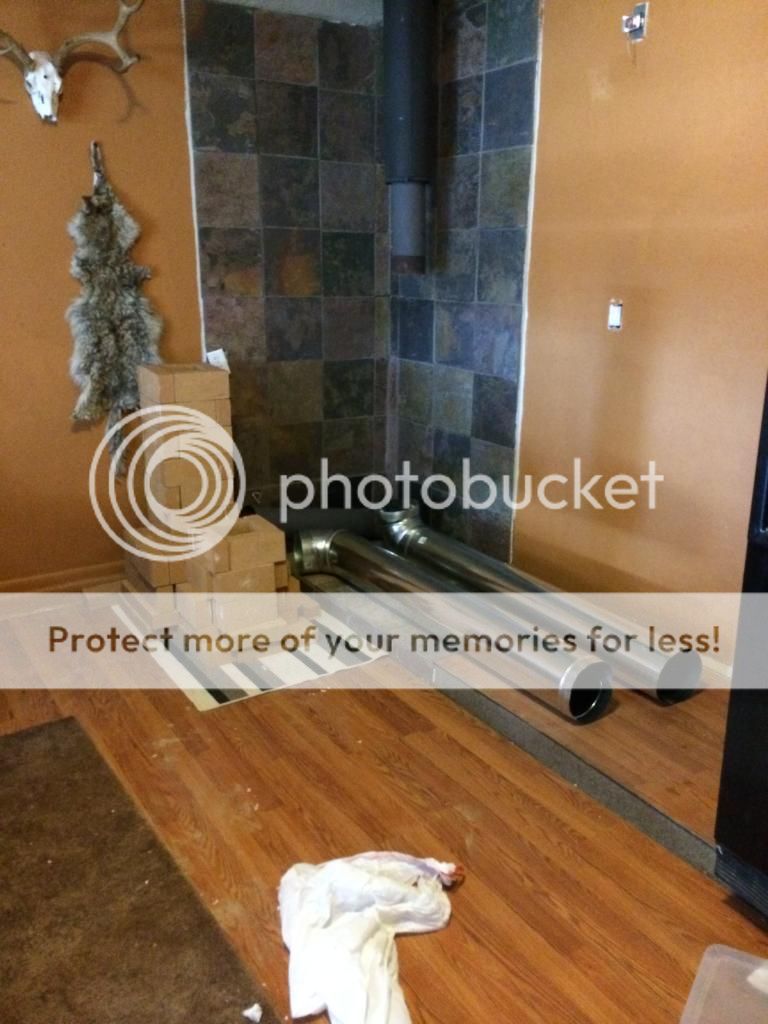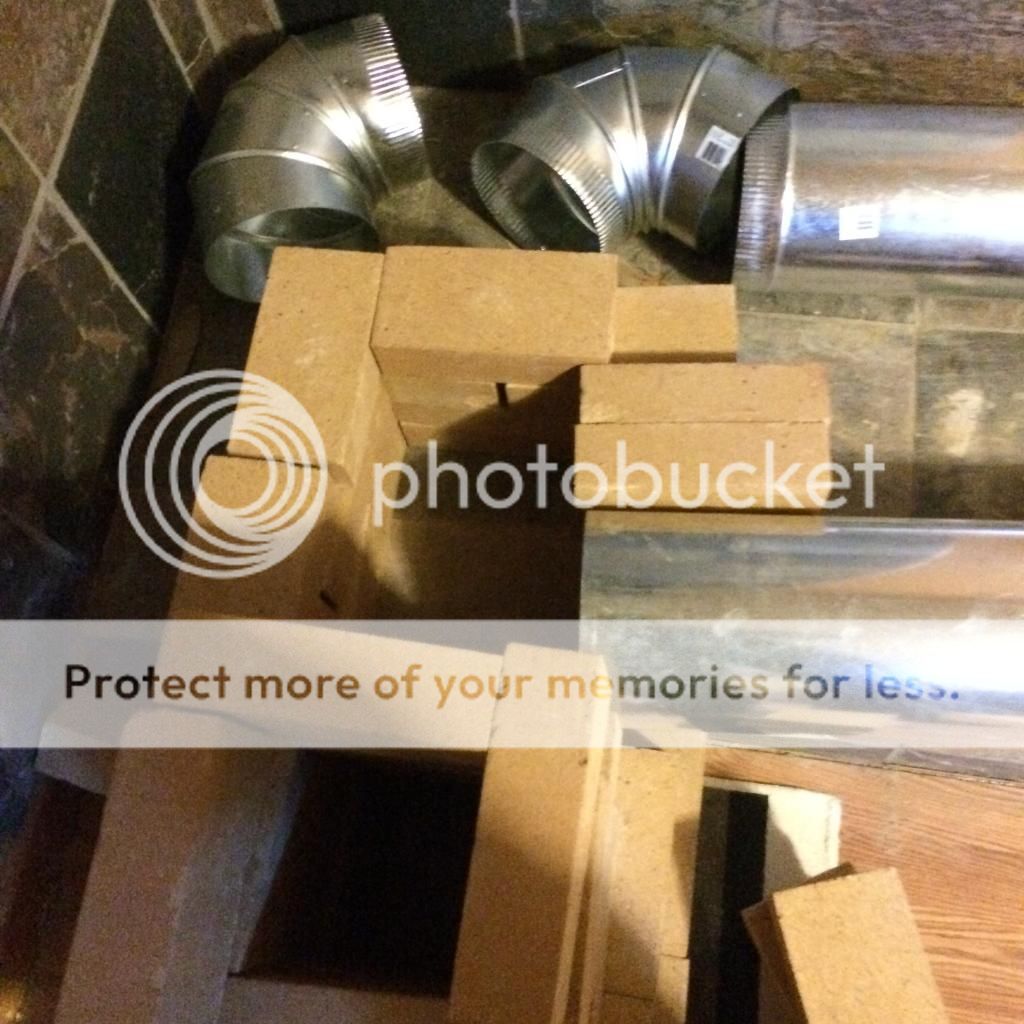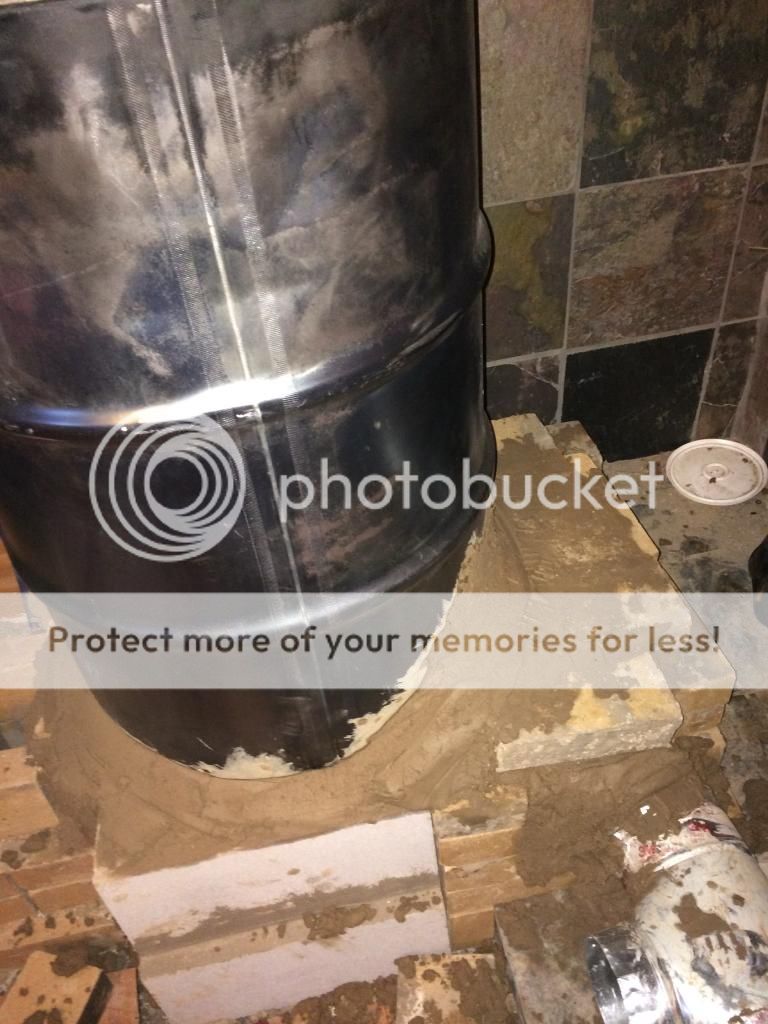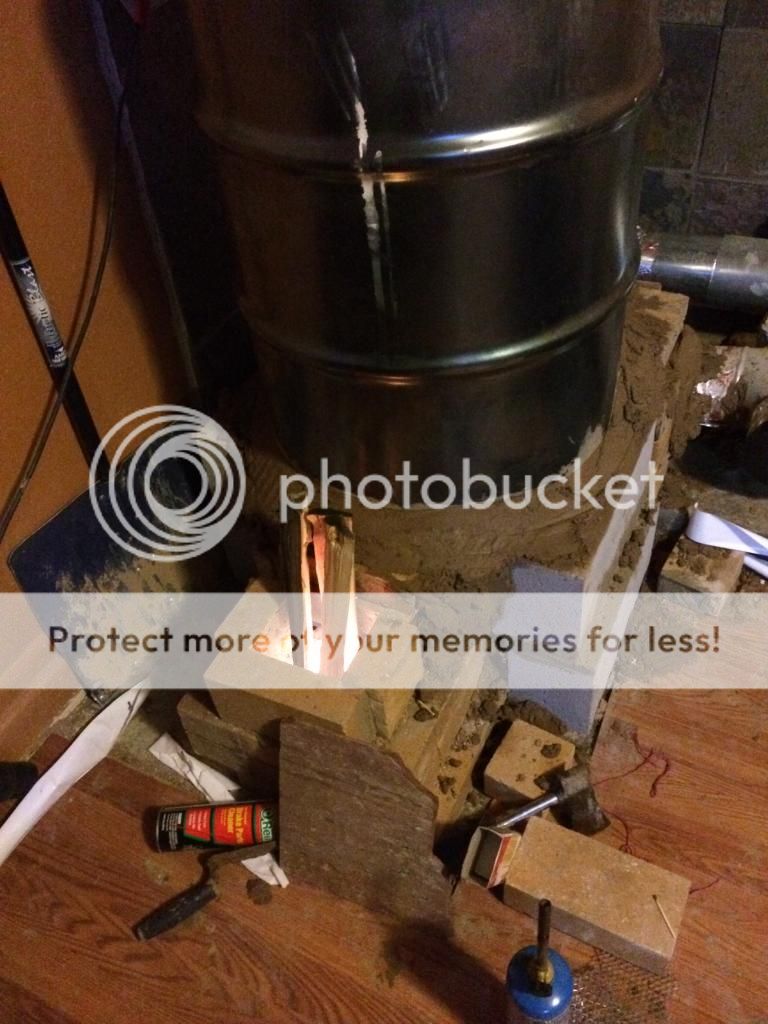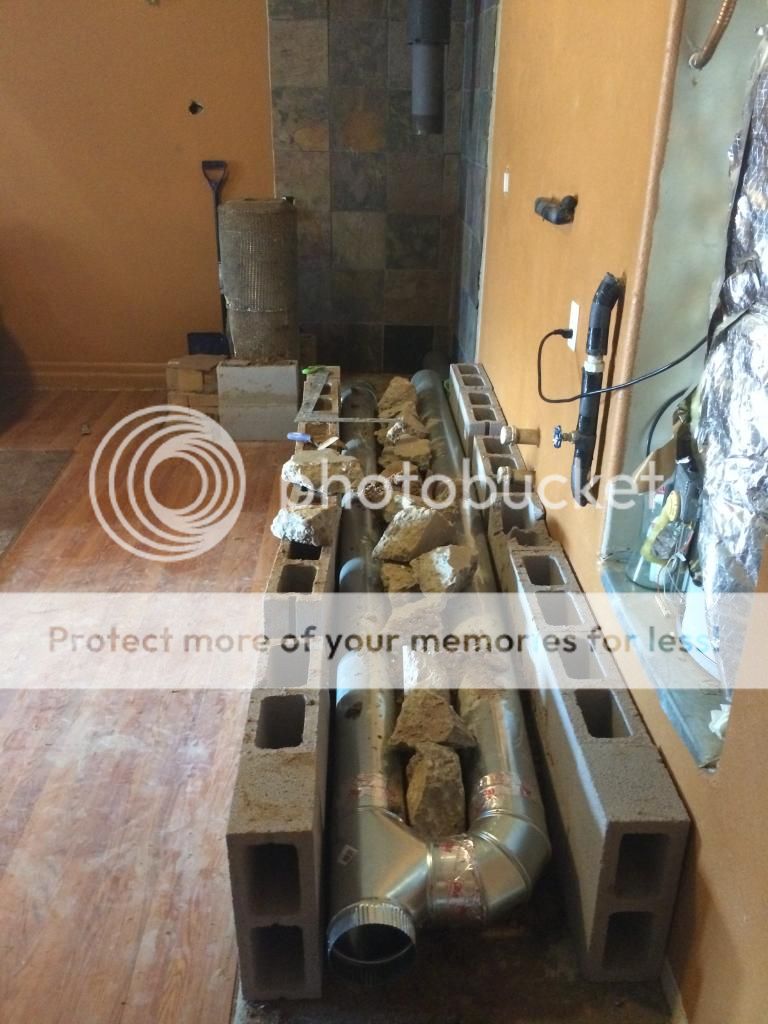posted 11 years ago
John Trujillo : There is a Universal thread in all Adult Education-al Experiences, Give a young child a chance to learn and they automatically absorb it like
a sponge! With all Adults there is an immediate 'why do I need to learn this' filter that can work to block understanding, even cause us to not remember
what we just read, for some people we say that- ''they are not book learners''
During WW11 we put millions to work at new jobs by doing two things Get people in a learning environment with few of the distractions of Real Life, and
then 1) Tell them what you are going to tell them (what its about ) 2) Tell Them and 3) Tell them what you told them ! The second part was hands on,
and some people can only be hands-on-learners ! Simply put the most successful Technique for small groups of people is See one, Do one, Teach one!
It is in no way showing any disrespect to those members of 'The Greatest Generation' who served in our Armed Forces to say that is how we won WW 11
For every American tank that was 'knocked out we supplied 10 more, we won by burying them in our junk !
Just a few days ago all of N.America was enjoying warm fall days, and everyone was relaxed and it seemed we had lots of time for your next round of
questions, and we seemed to be on the same page, While we have problems hundreds have been where you are standing now, we still have time, and
lots of potential help from your fellow members ! The miscommunications and missteps are something that you will in turn watch out for when helping
the next Crop of Rocketeers, where other luckier members would just say damn, I didn't have any problem with that !
You have two immediate problems with the burner base ! Lack of insulation To help contain the high temp fire to get an efficient clean burn!
And the presence of Any concrete so close to the combustion core, The lime used in making Portland based cement will under the heat load it is exposed
to disassociate back into an unbound state within the concrete! The concrete will fail. Simply removing the Clay (?) and replacing it with perlite will only
trap more heat against the inside wall of your Cinderblocks causing More Rapid failure !
All Concrete made from Portland Cement is hydrophilic, it will actually wick water up thru itself. An uninsulated Rocket Mass heater RMH, sitting on a slab
of concrete with no vapor barrier, or a poor one will generate enough heat into the concrete to flash to steam any pockets of water,trapped there it will
literally should like pistol shots ringing out of the Burn Tube /Heat Riser!
Congratulations on the great job you did burning off the barrel, I have seen Barrels warped from that kind of heat but we never argue with success !
You need to add more insulation to surround your combustion core, The Entire Transitional area can be floored with insulation and the side walls shaped
out of Cob with hardware cloth or chicken wire fire an embedded form The Initial sweeping curve of the Transitional area should be 3 Times the size of
the 1st clean out point.
You will also have to ether provide pictures, or explain carefully the amount of gap at the top of the barrel, the gap between your water tank and your
barrel and how you formed the transitional area at the bottom of your barrel ! These things need addressing before you move on to your Thermal Mass
In order to be sure that you are not creating air pockets within your Thermal Mass the 1st job is to Use a paint brush to paint all of the stove pipe with a
clay slip a little thicker than good pancake batter, and then place a shallow bed of cob to seat the pipes into any rocks needed during placement for
Bracing should be dipped in the clay slip also, all the entire bench should be made from the bottom up. When you have to stop working on your Cob, the
surface should be left roughened to make sure the next coat sticks well ! At the Start of your next coat you can spritz it with water from a spray bottle
or add a thin coat of Clay Slip! A fellow member describes the whole process as making a Rock and Cob Lasagna, the more heavy dense rocks you use
the less Cob you will have to make ! More rocks is a work, time, and money saver!
For the Good of the Craft ! Big AL
Success has a Thousand Fathers , Failure is an Orphan
LOOK AT THE " SIMILAR THREADS " BELOW !





